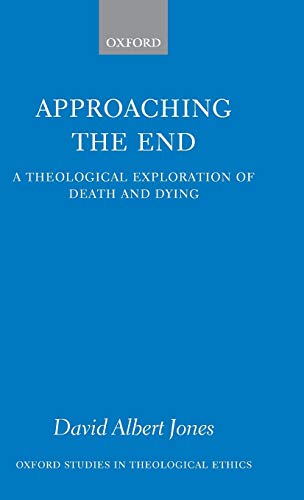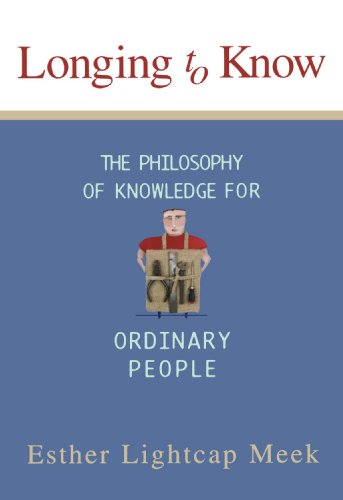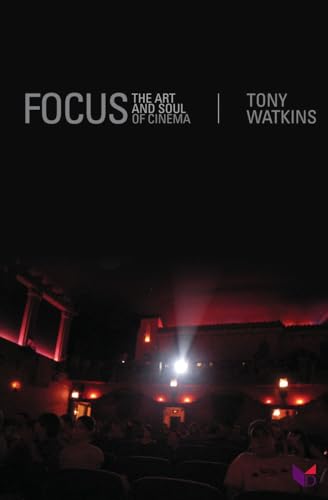Buried Hope or Risen Savior? The Search for the Jesus Tomb
Written by Charles L. Quarles, ed. Reviewed By Craig L. BlombergIn late winter of 2007, news services around the world broke the story of the supposed discovery of Jesus’ family tomb, complete with ossuaries with inscriptions identifying them as once containing the remains of “Jesus son of Joseph,” his mother Mary, another Mary whose DNA was unrelated to that of Jesus (his wife, Mary Magdalene?), a son of Jesus named Judah, Matthew, and a space for a missing ossuary believed to be that of Jesus’ brother James. A week later, the Discovery Channel televised a documentary about this astonishing find, followed by a Ted Koppel special with the two main promoters of the story and three professors of theology or biblical studies, including evangelical Darrell Bock, who responded to the alleged discovery. About the same time, a book entitled The Jesus Family Tomb was released, authored by Simcha Jacobovici and Charles Pellegrino.
As it turned out, the hoopla was much ado about very little, other than the disturbing ability of creative media manipulators to attract enormous attention to a story undeserving of it and to mislead a biblically illiterate public into believing views endorsed by almost no bona fide scholars. Now, with this volume, we have an outstanding anthology of essays demonstrating in detail how vacuous the original claims were.
The editor, Charles Quarles, academic vice president and New Testament professor at Louisiana College, has gathered a stellar cast of contributors. After Quarles retells the story of the events that led to the media’s incredible claims and to the composition of this volume, Steven Ortiz discusses “the use and abuse of archaeological interpretation” in the documentary and accompanying book. One can virtually guarantee that something is badly awry every time a new writer who is not a trained archaeologist claims to overturn all previous views on a subject by a “new find,” complete with a detective-like movie made by a crew conveniently present for the “discovery,” which has actually been known about for some time, already discussed in the standard scholarly circles, and not found to be significant in the way the new claim insists that it is.
Craig Evans follows by putting this tomb in the East Talpiot “suburb” of modern Jerusalem in its proper historical context. The tomb was actually discovered in 1980; it reflects the walk-in “mausoleum”-like structure that only the wealthy could afford; the Hebrew inscription for “Jesus” is not at all clear or certain; and the decorative symbols on the tomb and ossuaries are pre-Christian Jewish in nature. The missing ossuary cannot be the James ossuary because the latter is a different size than the space left vacated by the former.
Richard Bauckham proceeds to analyze the names on the ossuaries in considerable detail. There is no reason to think that a “Mathia” (Matthew) belonged to Jesus’ family. “Maria” was a common transliteration back into Hebrew of the Greek form of the common name Mary, but Mary the mother of Jesus, as an indigenous Israelite, would have been called “Mariam.” There is no good reason to think that Mary Magdalene was ever called “Mariame,” as on the ossuary where the DNA does not match up with that of “Jesus,” and there is no evidence of any kind from antiquity to suggest that Jesus of Nazareth was ever married.
In possibly the most important chapter in the book, mathematicians William Dembski and Robert Marks highlight massive problems with the simplistic formulas used to compute the probabilities cited in The Jesus Family Tomb. Even if we estimate the average-size family very conservatively at ten persons each, the odds are that thirty families in Israel (who all could have made pilgrimages to Jerusalem and conceivably had a tomb there) from the mid-first century b.c.e. to the mid-first century c.e. (the dates of the ossuaries) had the combination of names that coincide with those we know belonged to Jesus’ family.
Gary Habermas next shows the plethora of New Testament and other historical evidence that contradict the suppositions that go into the Talpiot tomb hypothesis, while Michael Licona shows why Paul, especially in 1 Corinthians 15, should not be understood as claiming that the resurrection body is an immaterial one. Darrell Bock concludes the volume by summarizing each essay in some detail and by showing how the general public, in this age of instant internet claims never subjected to peer review, must learn to be patient with claims about new historical finds and allow the process of scholarly vetting to take place over a number of months (if not even longer) before arriving at confident verdicts.
So kudos to Quarles, his team of authors, and B & H Publishing for producing this high-quality scholarly vetting in barely over a year from the original “breaking news.” It is by far the most thorough and definitive rebuttal to date of the Jesus family tomb hypothesis, which should be laid to rest once and for all.
Craig L. Blomberg
Craig L. Blomberg
Denver Seminary
Denver, Colorado, USA
Other Articles in this Issue
Though his primary concern was how to persuade people from diverse backgrounds to embrace the gospel of Jesus Christ (1 Cor 9:12, 23), Paul, nonetheless, embodies a principle common to all who would provide leadership to a community comprised of a multiplicitous collection of rigid truth claims and behaviors...
The Ethnic Enemy—No Greek or Jew . . . Barbarian, Scythian: The Gospel and Ethnic Difference
by Keith FerdinandoWhatever 'globalisation' may be, it has been accompanied by insistent and sometimes violent affirmations of ethnic identity...
Despite a small flurry of attention over the past decade, Adolf Schlatter (1852–1938), Tübingen professor of New Testament and author of more than 440 written works, remains one of the most neglected yet illuminating theological voices of the past one hundred years...
Commentators have customarily interpreted Phil 2:12 as a reference to "working out" one's personal salvation...
Salvation History, Chronology, and Crisis:1 A Problem with Inclusivist Theology of Religions, Part 1
by Adam SparksA fundamental requirement in an inclusivist understanding of the relationship between Christianity and other religions is evidence of God's salvific activity outside of any knowledge of Christ...







